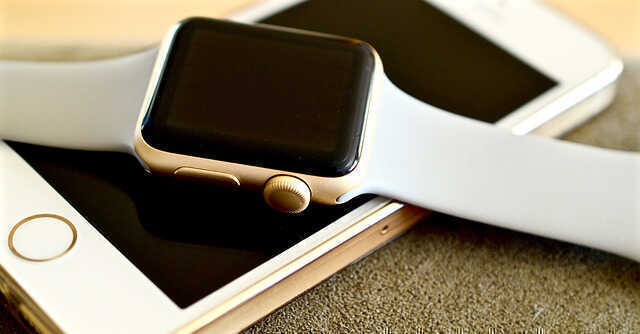
Wearables set to beat smartphones, consumer electronics' volumes growth in festive season


Wearables are set to become the fastest growing product categories among consumer electronics including smartphones this festive season and this year, owing largely to their lower average selling prices which will not impact consumer wallet as much as other product categories that have seen prices go up amid inflation and higher input costs.
Trend spotters are expecting consumers to buy wearables - smartwatches, wireless headphones or buds - over smartphone this festive season because the price points of about $50 a piece would pinch their pockets far less than upgrading to a new device or even buying a new home appliance.
“This season is going to be tough all across except wearables and hearables because consumer wallet has been hit, prices of daily use products have adversely impacted household budgets. We expect these categories to be the only ones that will see growth among consumer electronics or home appliances,” said Navkendar Singh, associate vice-president for devices research at IDC India, South Asia & ANZ.

Smartwatch and wireless headset makers Boat, Noise, Fire-Boltt, OnePlus and Realme that have cornered 66% of the market by volumes have seen the market size increase by 65% over last year to 38 million units, indicating a proportionate rise in the number of buyers for their products in first half of this year versus the same period last year.
IDC expects the market size to rise to a record 90 million units in 2022, nearly three times more than 34.4 million units shipped in 2021. In comparison, smartphone shipments in 2022 are expected to be flat indicating no growth over 161 million units in 2021, which were 7% higher than 2020 shipments.
“Smartphone (sales growth) has plateaued, white goods are facing inflationary discomfort, but wearables especially entry level, less than ₹2,500, has been witnessing huge growth. Even companies of size of upto 500 employees, prefer gifting wearable during festive season, hence the growth is expected to be higher than other parallel product categories,” said Faisal Kawoosa, founder of research firm TechArc.

In addition to affordability, features such as Bluetooth calling, bigger screen sizes, AMOLED displays et al which were earlier available at mid or high price points are getting introduced at lower price points, attracting first-time users as well as existing users looking for upgrades. The demand is not only coming from urban centers such as metros but equally from tier 2 and tier 3 cities, which in turn is creating space for new entrants.
“Since the smart wearable adoption in India is undergoing a metamorphosis, we have doubled the production output for the category to meet the increased consumer interest,” said Vikas Jain, co-founder of Play brand of wearables.
